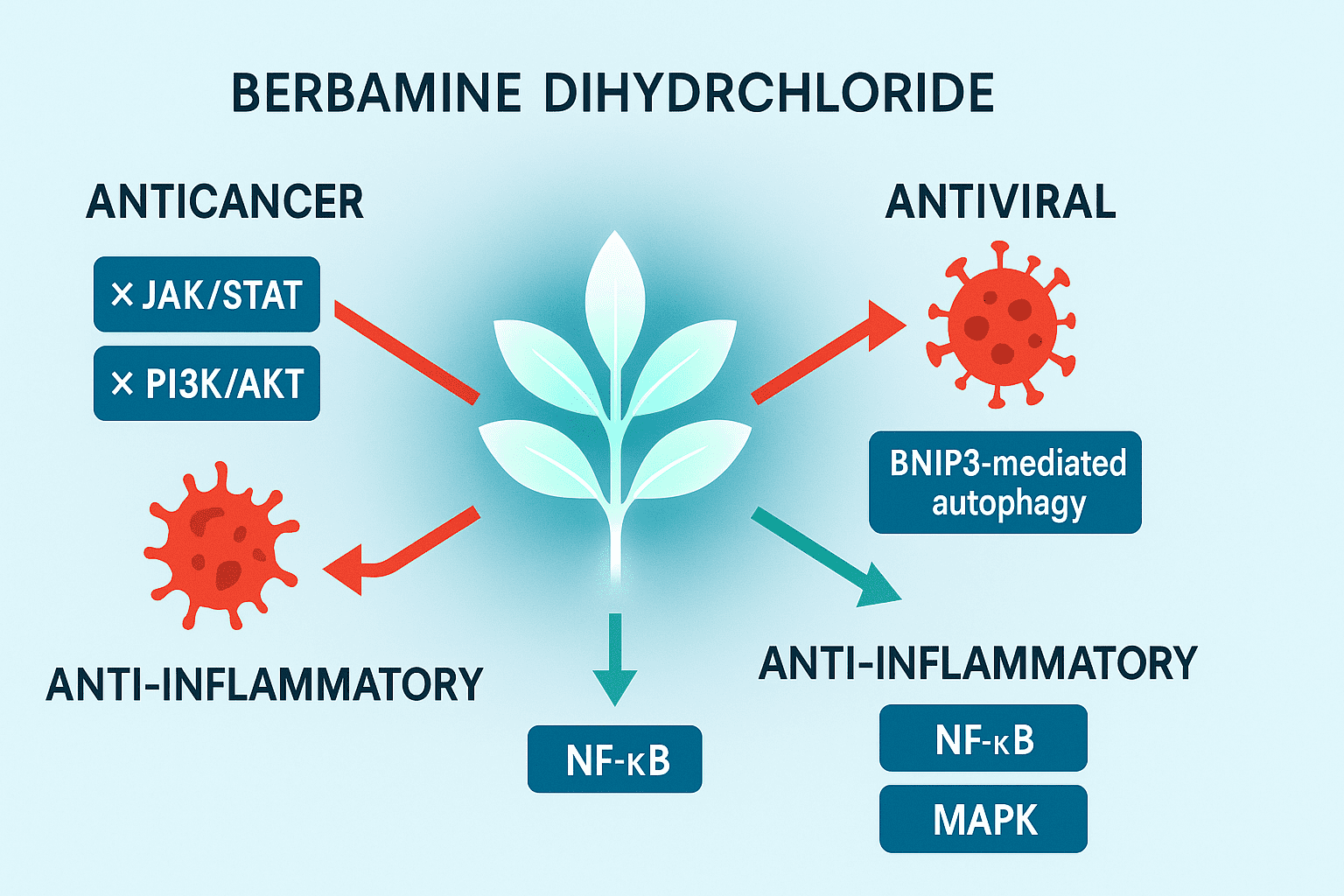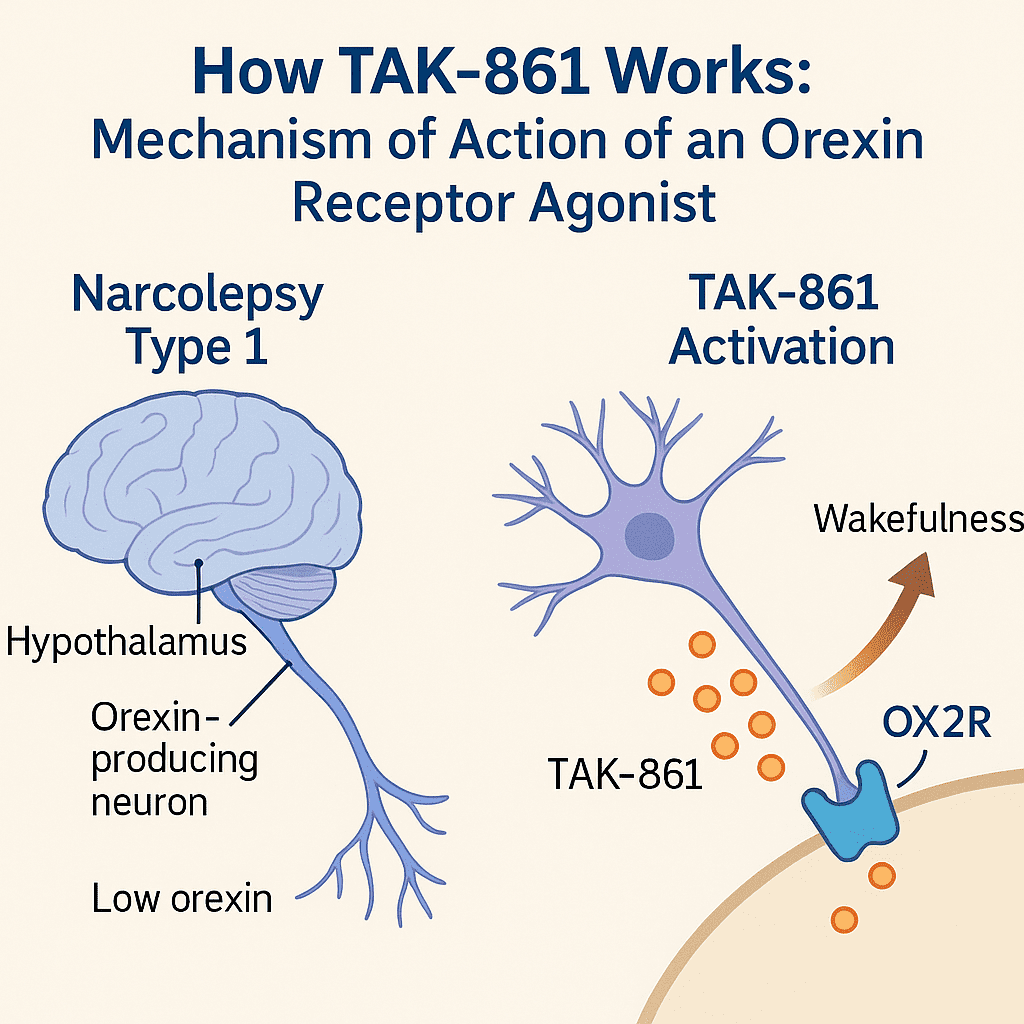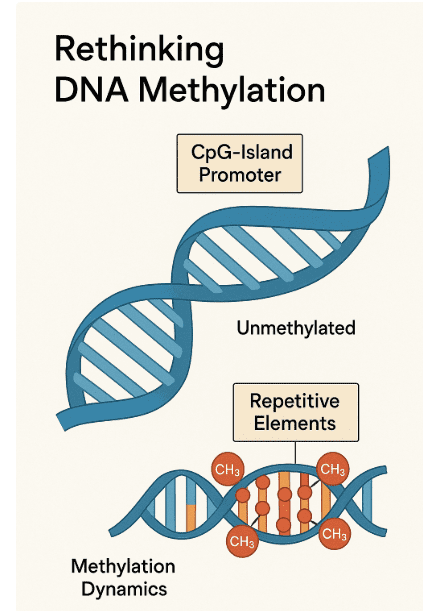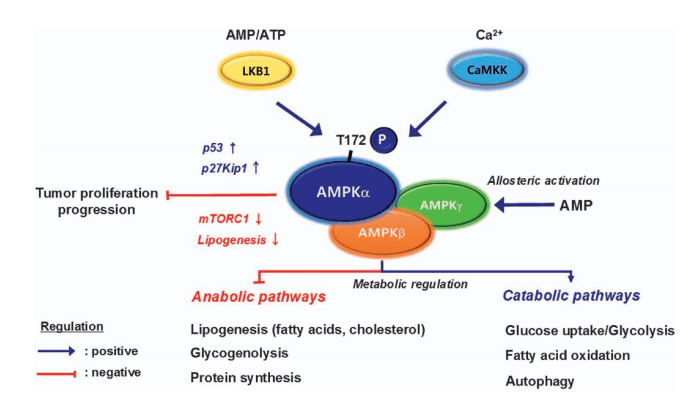Natural Products: A Promising Approach to Diabetes Management
Abstract
This article focuses on metformin therapy for diabetes and examines the potential significance of natural ingredients in diabetes control. Furthermore, the study investigates the possible anti-glycemic effects and management benefits of a number of natural substances, such as baicalin, curcumin, abscisic acid, and berberine, on type 2 diabetes individuals. These natural products can efficiently manage blood sugar with fewer adverse effects than synthetic pharmaceuticals, making them a safer option. Including natural products in treatment plans is a viable way to enhance patient outcomes as the prevalence of diabetes rises globally.
Introduction to Diabetes
Diabetes is a systemic, chronic illness that still presents serious health risks to people all over the world. Diabetes is becoming a major public health concern due to its alarming pace of rise in incidence worldwide. Recent predictions indicate that by 2035, there will be an astounding 592 million people living with diabetes. The necessity for efficient management and treatment plans is highlighted by this rise.
Type 1 and Type 2 diabetes are the two main kinds of the disease. The autoimmune disease known as type 1 diabetes is characterized by the total absence of insulin production due to the death of pancreatic islet B cells. In contrast, insulin resistance and insufficient insulin synthesis are the main causes of Type 2 diabetes, which makes up around 95% of all cases of diabetes. Both forms of diabetes have the potential to cause serious organ damage and a host of other consequences over time.
The development of novel medicines capable of efficiently managing diabetes complications has received a great deal of attention in response to the rising burden of these disorders.
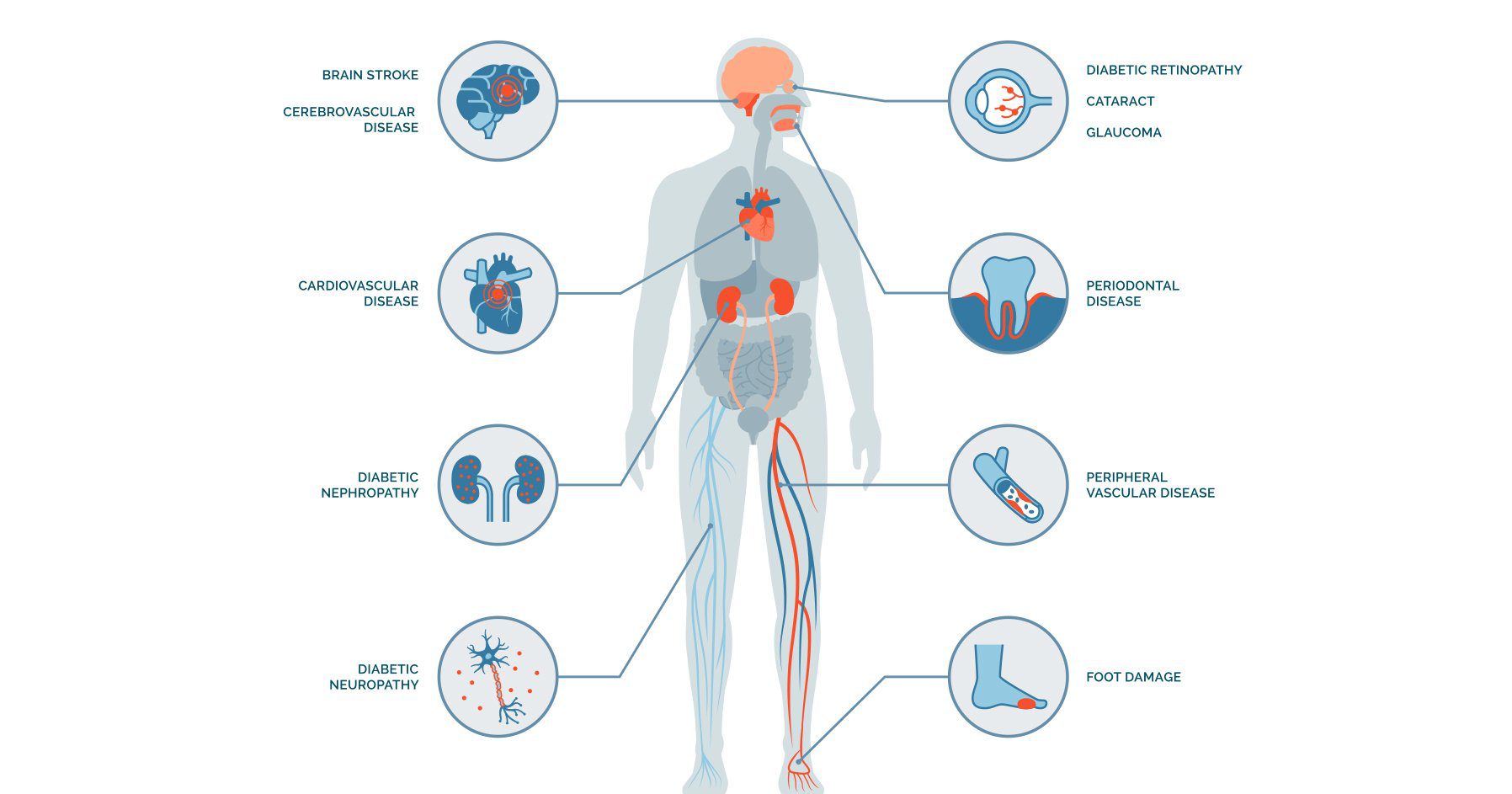
Fig. 1 Complications of type Ⅱ diabetes
Diabetes treatment
Generally speaking, the treatment of diabetes includes diet control, appropriate exercise and medication. Drugs used to treat diabetes can be divided into several categories based on their mechanisms of action (Table 1):
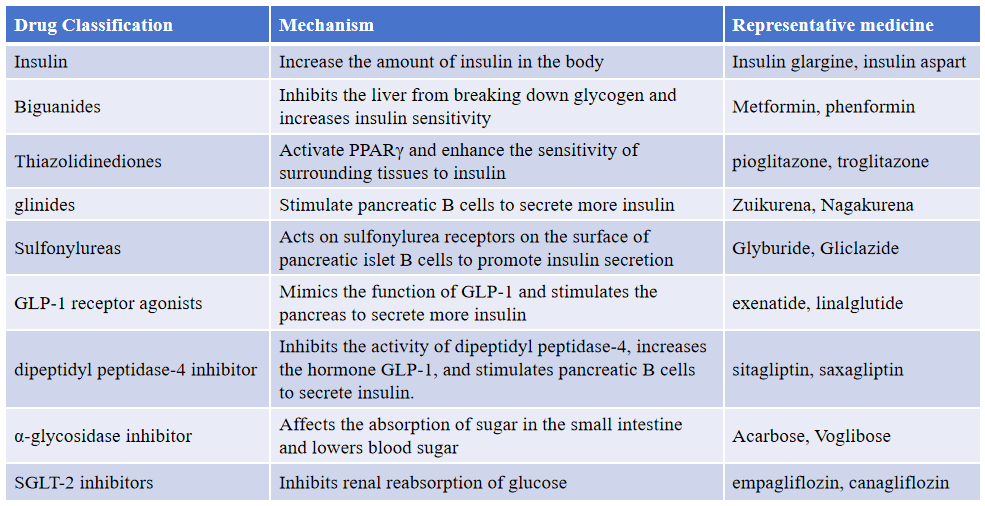
Anti-diabetic natural products
Despite the effectiveness of weight loss and lifestyle adjustments in managing type 2 diabetes, patient adherence is often low. While several synthetic anti-diabetic medications are available, they can lead to side effects like weight gain, hypoglycemia, and heart issues, restricting their use. Extensive evidence suggests that Chinese herbal medicine and its components possess anti-diabetic properties with lower toxicity and fewer adverse effects.
Historically, antidiabetic medications derived from natural sources have been widely employed. Metformin, a derivative of Galegine, a natural product, has served as a cornerstone in type 2 diabetes treatment for over 50 years. Another example is dapagliflozin, derived from Phlorizin, a natural product, which acts as an SGLT2 inhibitor and offers cardiovascular and renal protection, distinguishing it from other antidiabetic drugs. This presents a significant and novel therapeutic avenue for patients with cardiovascular conditions.
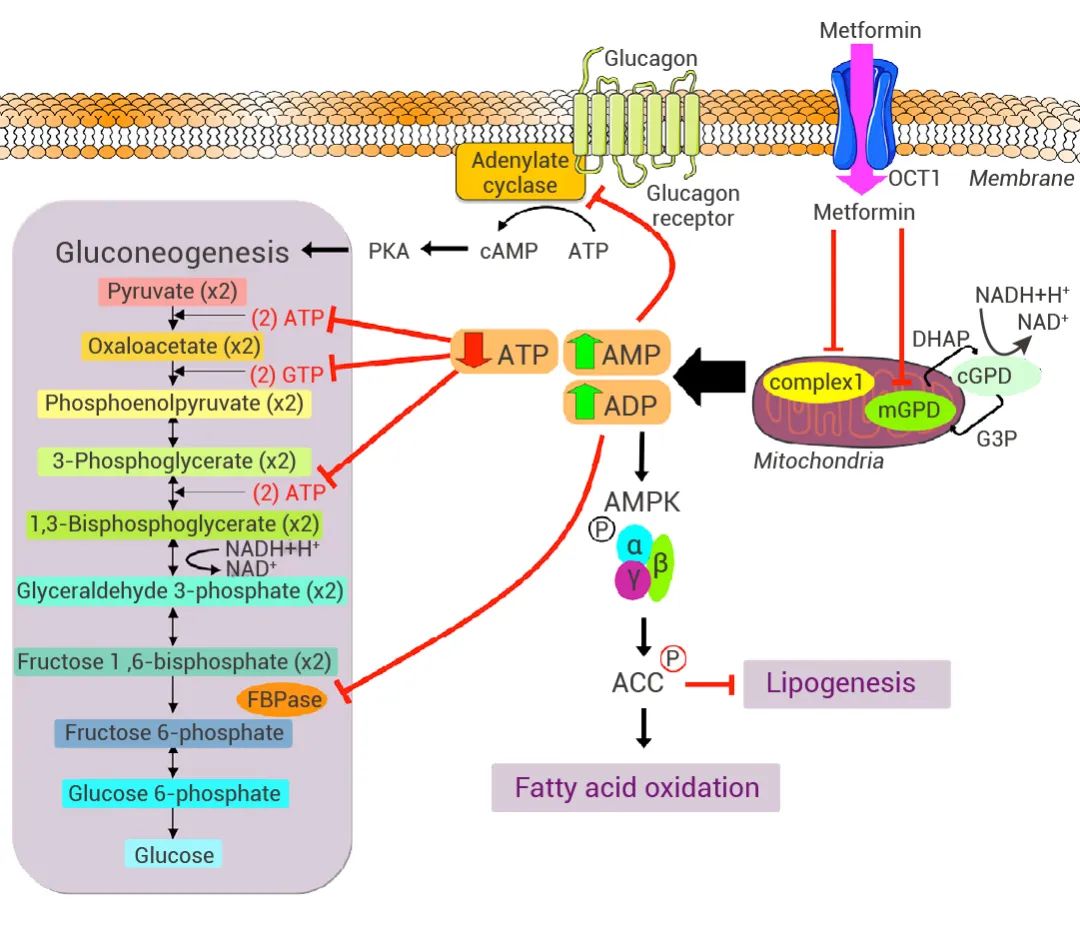
Fig. 2 The molecular mechanism of metformin inhibiting hepatic glucose output
Furthermore, a wide array of natural products with diverse structures demonstrate anti-glycemic effects. For instance, the flavonoid Baicalein can notably ameliorate hyperglycemia, glucose tolerance, and blood insulin levels by enhancing the survival of pancreatic islet cells in diabetic mice. Another example is the polyphenol Curcumin, which significantly reduces blood sugar and glycated hemoglobin (HbA1C) levels while enhancing insulin sensitivity. Additionally, the terpenoid Abscisic acid promotes insulin release from pancreatic cells and regulates glucose uptake through GLUT4 in vitro. Furthermore, the alkaloid Berberine lowers blood glucose levels, enhances insulin secretion, reduces body weight and lipid levels, and improves glucose tolerance and insulin resistance. In summary, natural products offer a rich source for discovering new anti-diabetic drugs with high efficacy and low toxicity.
The Role of Natural Products in Diabetes Management
Natural products have been a mainstay in the treatment of many illnesses, including diabetes, for a long time. There is a renewed interest in investigating natural substances for the management of diabetes due to growing concerns about the long-term safety and adverse effects of synthetic medications. Compared to synthetic pharmaceuticals, natural products have a number of benefits, such as less toxicity, fewer side effects, and the ability to treat numerous elements of the disease at once.
Natural ingredients have long been important in the management of diabetes. The component galegine, which is present in the plant Galega officinalis, is the source of metformin, one of the most used antidiabetic medications. This medication has been a mainstay in the treatment of Type 2 diabetes for more than 50 years, proving the continued usefulness of natural products in contemporary medicine. Dapagliflozin, which is derived from Phlorizin, is another example. It functions as an SGLT2 inhibitor and protects the kidneys and heart, which sets it apart from many other antidiabetic medications.
Apart from these proven therapies, continuous investigation keeps finding new organic substances with strong anti-diabetic properties. For example, it has been demonstrated that the flavonoid Baicalein improves glucose tolerance and hyperglycemia in diabetic mice by increasing pancreatic islet cell survival. The polyphenol curcumin dramatically lowers blood sugar and increases insulin sensitivity. Alkaloids such as berberine lower blood glucose levels and enhance insulin resistance, while terpenoids such as abscisic acid control glucose uptake and stimulate insulin release.
The increasing amount of research demonstrating the benefits of using natural items in the treatment of diabetes underscores their potential to provide safe, efficient substitutes for pharmaceuticals. Natural products will probably become more significant in the treatment of diabetes in the future as interest in these substances grows.
Promising Natural Compounds for Diabetes
The investigation of natural chemicals in the treatment of diabetes has yielded various substances that show promise and have notable anti-glycemic properties. Because of their potential for fewer side effects and lower toxicity than standard synthetic medications, these chemicals derived from plants and other natural sources present an appealing alternative. With further investigation, these organic substances are being acknowledged more and more for their capacity to strengthen insulin sensitivity, regulate blood sugar levels more effectively, and guard against complications associated with diabetes.
Baicalein, a flavonoid derived from the roots of Scutellaria baicalensis, a plant widely utilized in traditional Chinese medicine, is one such substance. Baicalein has been demonstrated in studies to ameliorate hyperglycemia, improve glucose tolerance, and raise the pancreatic islet cell survival rate in diabetic mice. These outcomes imply that baicalein may be extremely important for the preservation of insulin-producing cells and the maintenance of normal blood sugar levels in diabetic individuals.
Curcumin, a polyphenol present in the spice turmeric, is another naturally occurring substance that has attracted interest (Curcuma longa). Research has shown that curcumin, which is well-known for its strong anti-inflammatory and antioxidant qualities, can also dramatically lower blood sugar levels and glycated hemoglobin (HbA1C), a crucial indicator of long-term blood sugar control. Furthermore, studies have demonstrated that curcumin enhances insulin sensitivity, which makes it a promising option for the management of Type 2 diabetes.
Another plant hormone that shows promise in the treatment of diabetes is abscisic acid. It has been discovered to stimulate the release of insulin from pancreatic cells and control the uptake of glucose by activating the glucose transporter protein GLUT4. Because of its dual function, abscisic acid is an especially intriguing substance to investigate further in relation to the management of diabetes.
Last but not least, berberine, an alkaloid included in a variety of plants, including the barberry, Berberis vulgaris, has shown promise in lowering blood sugar, boosting insulin secretion, decreasing body weight, and improving insulin resistance and glucose tolerance. Because of its many benefits, berberine is a strong contender for all-encompassing diabetes care.
When combined, these organic substances offer a wealth of resources for the creation of fresh, safe, and efficient treatments for diabetes. These drugs may present new opportunities for improving the quality of life for those with diabetes as research into them progresses.
Conclusion
In the search for safer and more effective treatments, the use of natural ingredients in the management of diabetes presents a promising frontier. Subyi’s “Xianglutang Foot Cream” creation is a shining example of how natural products can be used to target certain diabetic problems, such diabetic foot ulcers, which continue to be a major source of difficulty in the treatment of diabetes. This cream is an excellent example of how natural medicines have the power to revolutionize the treatment of chronic illnesses since it focuses on the regulation of macrophages to decrease inflammation and enhance tissue healing.
Additionally, research on natural ingredients like berberine, baicalein, curcumin, and abscisic acid reveals the variety of ways in which these compounds can support the treatment of diabetes overall and glycemic control. These substances not only seem capable of controlling blood sugar levels effectively, but they may also be able to reduce the negative effects of synthetic medications.
The use of natural products in diabetes care plans may be essential to improve patient outcomes as the disease’s incidence rises around the world. The fact that these substances are still being studied emphasizes how crucial it is to learn more about natural remedies and how they might be used in contemporary medicine. In the end, integrating scientific research from today with ancient wisdom may result in novel medicines that offer safer, better ways to manage diabetes and its consequences.
References
- Cd, M. (2006). Projections of global mortality and burden of disease from 2002 to 2030. PLoS Med, 3, 2011-2030.
- Xu, L., Li, Y., Dai, Y., & Peng, J. (2018). Natural products for the treatment of type 2 diabetes mellitus: Pharmacology and mechanisms. Pharmacological research, 130, 451-465.
- American Diabetes Association. (2014). Diagnosis and classification of diabetes mellitus. Diabetes care, 37(Supplement_1), S81-S90.
- Boulton, A. J., Kirsner, R. S., & Vileikyte, L. (2004). Neuropathic diabetic foot ulcers. New England Journal of Medicine, 351(1), 48-55.
- Wild, S., Roglic, G., Green, A., Sicree, R., & King, H. (2004). Global prevalence of diabetes: estimates for the year 2000 and projections for 2030. Diabetes care, 27(5), 1047-1053.
- Aggarwal, B. B., & Harikumar, K. B. (2009). Potential therapeutic effects of curcumin, the anti-inflammatory agent, against neurodegenerative, cardiovascular, pulmonary, metabolic, autoimmune and neoplastic diseases. The international journal of biochemistry & cell biology, 41(1), 40-59.

